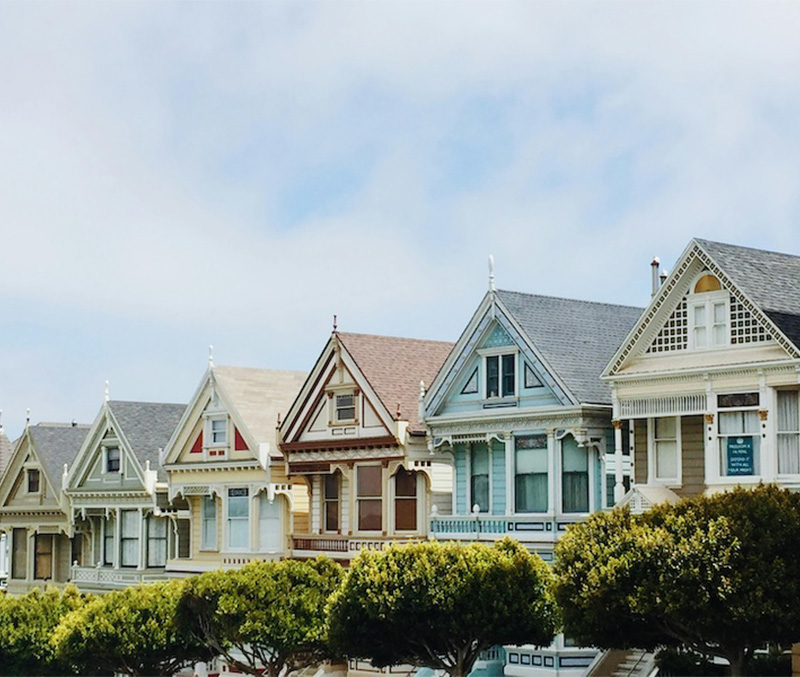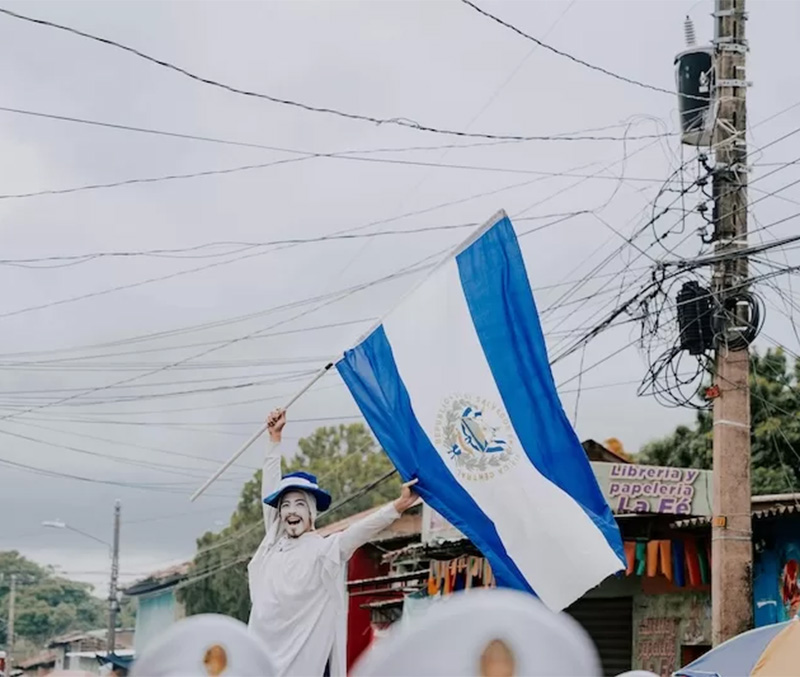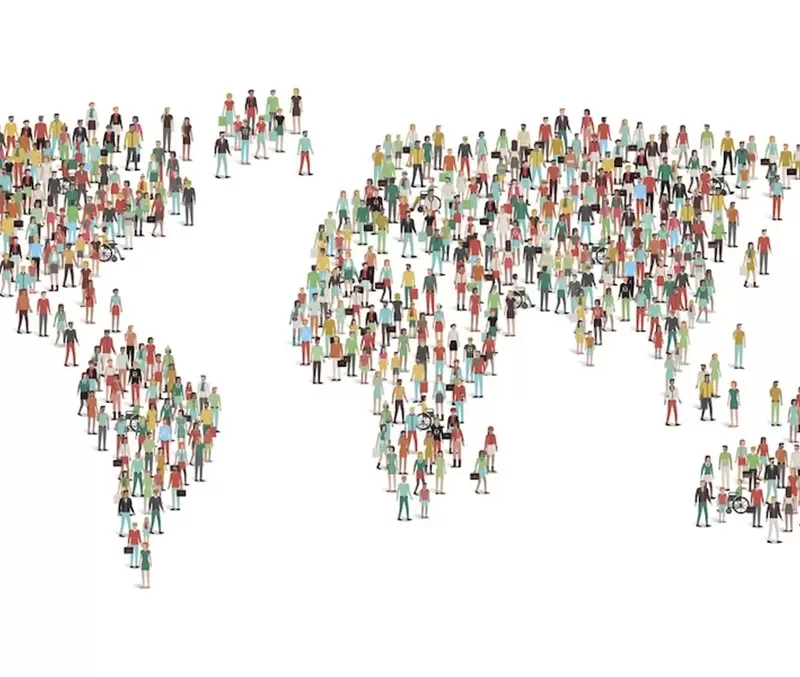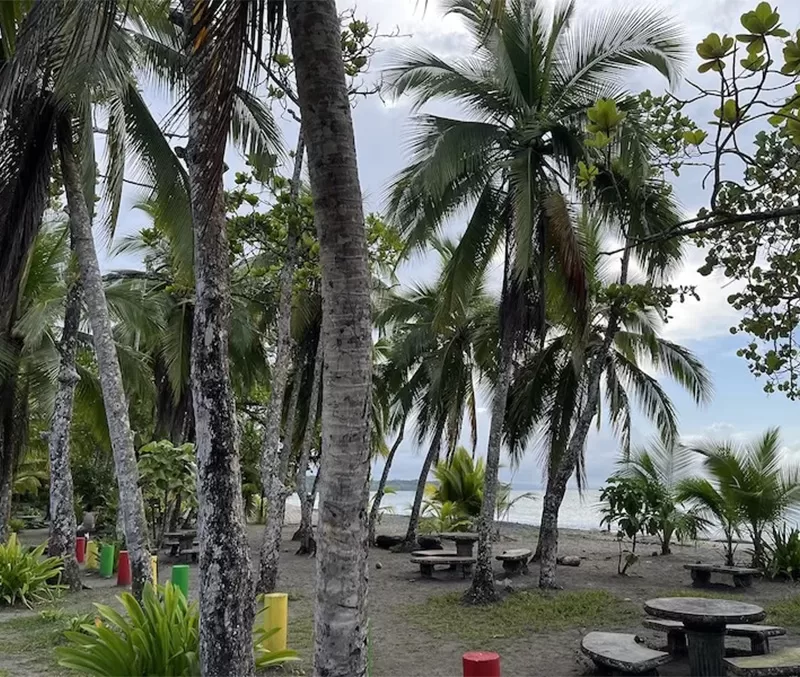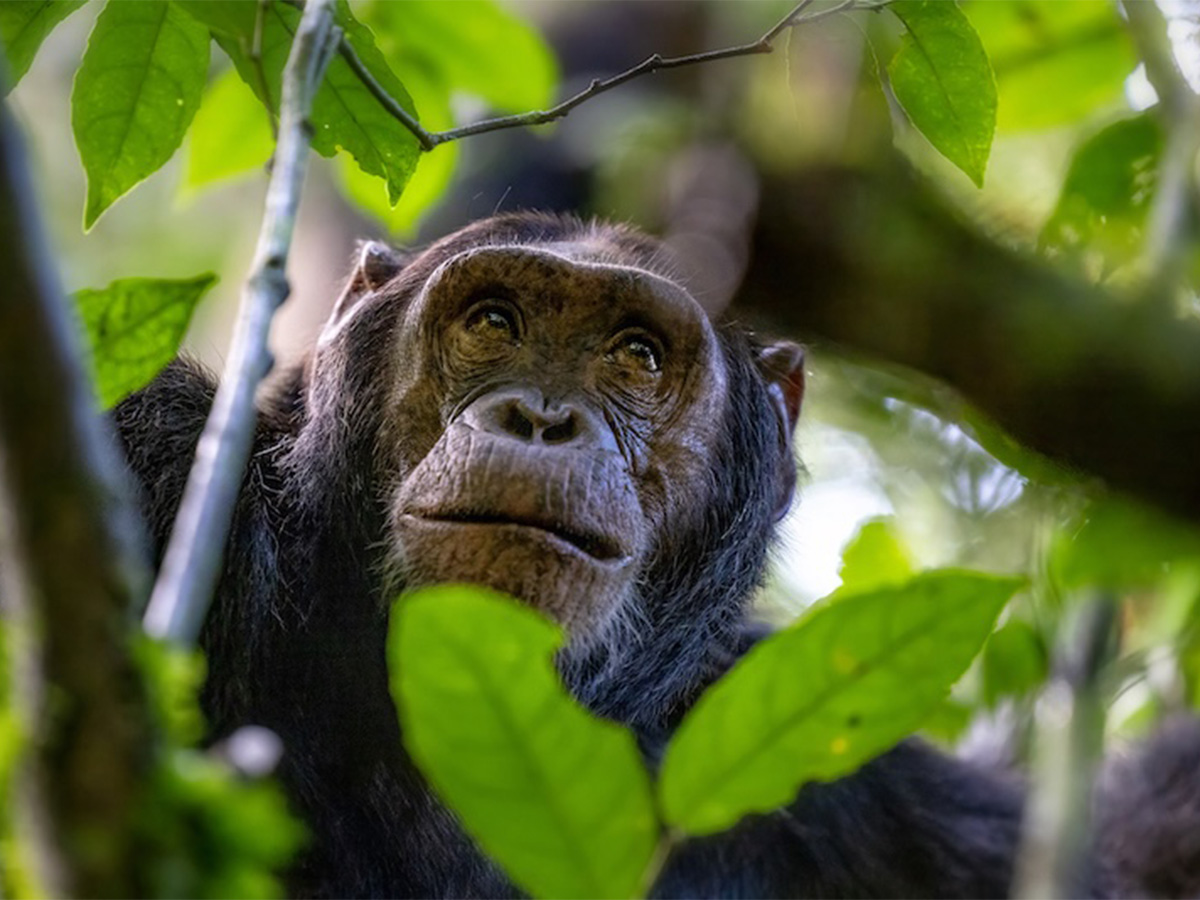Global Roundup: Borders, Business, and the Battle for Resources
The latest news and trends from around the world
Global shifts in policy, environment, and trade take center stage this week. A road through the Amazon sparks debate ahead of a climate summit, Greenland edges closer to independence, and France moves to revive rural life. Meanwhile, Sri Lanka opens a trail through its tea heartlands, and U.S. tariffs threaten to escalate a deepening trade war. Here’s what’s making headlines:

Breaking the Ice
Greenland’s recent parliamentary elections resulted in a victory for the center-right Demokraatit Party, which secured 30% of the vote, a significant increase from previous years. The election campaign was heavily influenced by discussions on independence from Denmark and external interest, particularly from U.S. President Donald Trump, who has expressed intentions to control the resource-rich island.
The Demokraatit Party advocates for a gradual approach to independence, emphasizing the importance of strengthening social policies and economic foundations before pursuing full sovereignty. The election outcome reflects Greenlanders’ desire to assert greater autonomy while cautiously navigating geopolitical interests from global powers. The new government faces the challenge of balancing aspirations for independence with the practicalities of economic development and international relations.
Read more like this: How Greenland Became the Arctic’s New Frontier

Clearing the Way
In preparation for the upcoming COP30 climate summit, Brazil has approved the paving of a major road through the Amazon rainforest, aiming to improve access to the event site. This decision has sparked significant environmental concerns, as the road’s construction could accelerate deforestation and facilitate illegal logging activities. Environmentalists warn that such infrastructure projects may undermine global climate efforts by threatening the world’s largest tropical forest, a vital carbon sink.
The Brazilian government argues that the road will boost economic development and facilitate logistics for the climate summit. However, critics emphasize the need to balance infrastructure development with environmental preservation, especially given the Amazon’s crucial role in combating climate change. The controversy highlights the ongoing tension between development objectives and environmental conservation in Brazil’s policy-making.

Rural Revival
French lawmakers have overwhelmingly passed a bill aimed at revitalizing social life in rural communities by simplifying the process of opening bars in villages in the country. The legislation seeks to counteract the decline of communal spaces in small towns, where closures of local establishments have led to diminished social interaction among residents.
By reducing bureaucratic hurdles and providing incentives for entrepreneurs, the government hopes to encourage the establishment of new bars and cafes, fostering community engagement and economic activity. Supporters of the bill argue that such venues are essential for maintaining the social fabric of rural areas, offering spaces for people to connect and share experiences. Critics caution about potential challenges, including ensuring responsible alcohol consumption and the financial viability of new establishments.

Steeped in History
Sri Lanka has unveiled the Pekoe Trail, a 300km hiking route that traverses tea plantations, villages, and forests, offering insights into the country’s complex tea history. The trail provides travelers with an opportunity to engage with local communities, experience diverse landscapes, and learn about the cultural significance of tea production in Sri Lanka.
The Pekoe Trail is part of a broader initiative to promote sustainable tourism and rural development. By attracting hikers and nature enthusiasts, the project aims to generate income for local communities while preserving natural and cultural heritage. The trail’s development reflects a growing trend towards experiential travel, where tourists seek meaningful interactions and authentic experiences.
Read more like this: Latest Trends on Migration, Markets, and Tourism Shifts

Tariff Tensions Rise
Tariffs on all steel and aluminum imports into the United States have come into effect, intensifying the global trade war sparked by President Donald Trump. The U.S. has imposed a 25% tariff, triggering swift retaliation from the EU and Canada. European leaders plan counter-tariffs on $28 billion worth of U.S. goods, while Canada warns of supply chain disruptions. The move aims to boost U.S. manufacturing but has fueled fears of escalating trade tensions.
While the steel industry supports the tariffs, manufacturers reliant on these metals—such as automotive and construction—brace for rising costs. Economists warn that the dispute could slow global growth and drive up consumer prices, adding further strain to industries already grappling with inflation and supply chain instability.
Stay updated with the latest global news and trends. Subscribe now for in-depth analysis and real-time updates!




